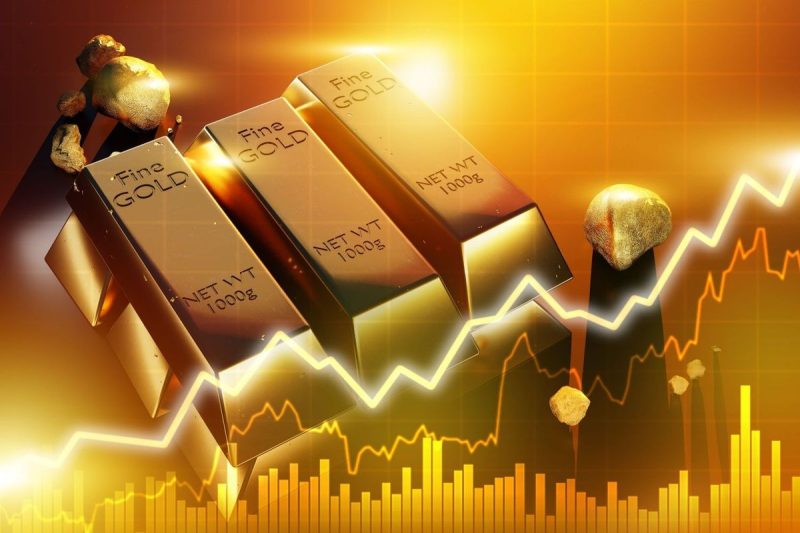In analyzing the historical trends of gold prices in September, it becomes evident that despite a long-standing cyclical pattern of fluctuation, there are indications that gold may be poised for a potential shift away from these historical norms. The analysis of past trends in the gold market provides valuable insights into potential future movements, allowing investors to make more informed decisions.
To begin, it is essential to acknowledge the cyclical nature of historical gold price trends in September. Traditionally, September has been a month characterized by heightened volatility and fluctuation in gold prices. Factors such as seasonal demand fluctuations, economic indicators, geopolitical tensions, and market sentiment have all played significant roles in shaping the historical trends of gold prices during this month. These influences have often led to a pattern where gold prices experience notable fluctuations, both upward and downward, in September.
However, while historical trends provide essential context, they do not dictate the future trajectory of gold prices. Recent market dynamics and emerging trends suggest that gold may be poised for a potential breakout from its historical cycle in September. One such trend is the increasing popularity of gold as a safe-haven asset amidst global uncertainties and economic volatility. In times of market turbulence or geopolitical tensions, investors tend to flock to gold as a reliable store of value, driving up demand and prices.
Furthermore, the current macroeconomic landscape, characterized by low-interest rates, expansive monetary policies, and inflationary pressures, creates a conducive environment for gold price appreciation. As central banks continue to implement accommodative monetary measures to stimulate economic growth and mitigate the impacts of the COVID-19 pandemic, the value proposition of gold as a hedge against inflation and currency depreciation becomes increasingly attractive.
Additionally, the growing interest in sustainable and responsible investing practices, including environmental, social, and governance (ESG) considerations, has influenced investment decisions across asset classes, including gold. The rise of ESG-aligned investing has led to a greater focus on ethical mining practices and sustainable sourcing of precious metals, further shaping the demand dynamics for gold.
In conclusion, while historical trends provide valuable insights into the cyclical nature of gold prices in September, it is essential for investors to consider current market dynamics and emerging trends that may signal a departure from these historical norms. Factors such as increased safe-haven demand, macroeconomic conditions, and evolving investment preferences suggest that gold may be poised for a potential shift in its price behavior in the month of September. By staying informed and adaptive to changing market conditions, investors can navigate the gold market with greater clarity and confidence.

